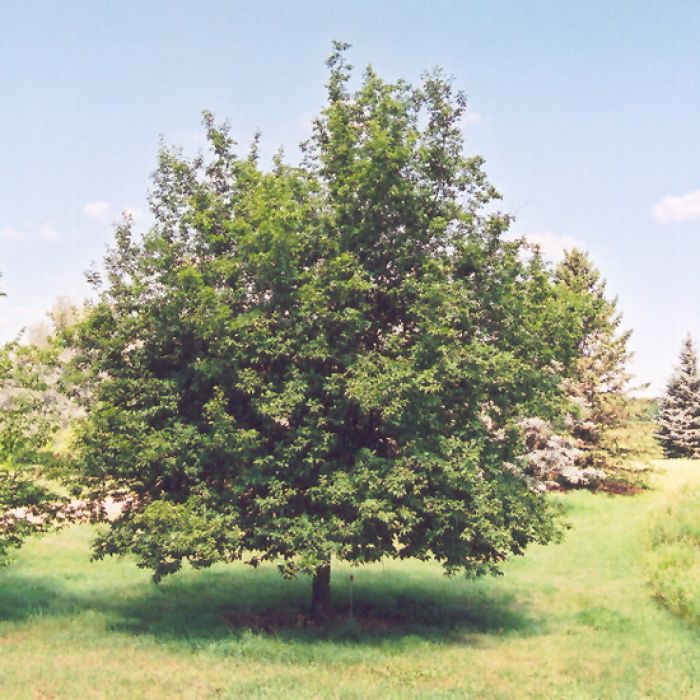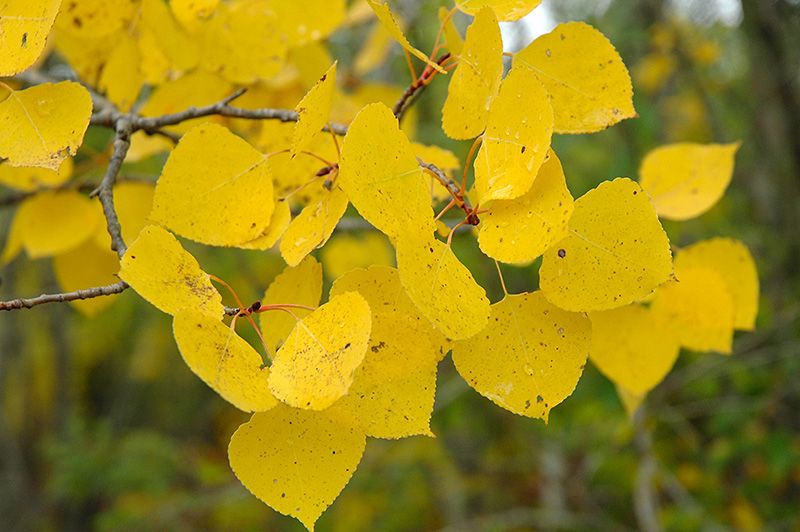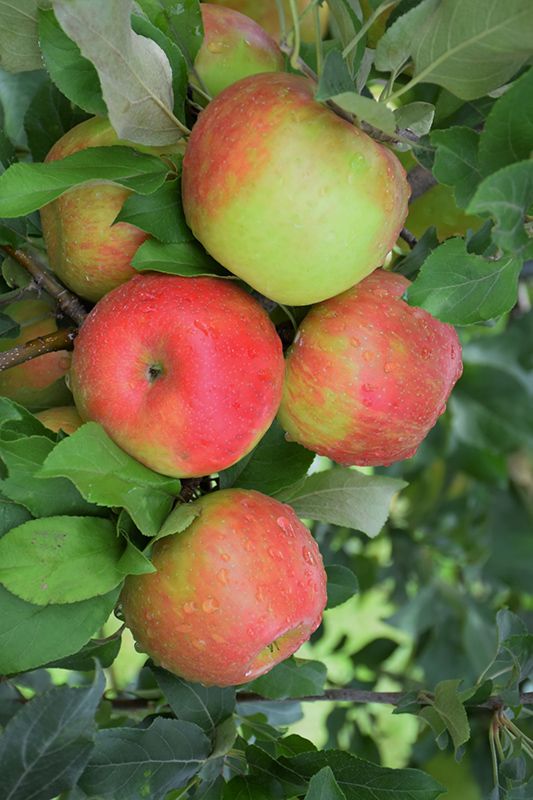Ostrya, Ironwood 'American Hophornbeam'




Out of stock
Coming soon, still growing- Sun Preference
- Full-Sun, Part-Sun
Description
Ironwood Ostrya | virginiana
Other Names: American Hophornbeam
The Native Ironwood tree aka Musclewood or Hop Hornbeam, is perfect for smaller spaces and grows in full sun to full shade. Its unique hop-like seed pods attract wildlife.Minnesota's Largest Selection of Trees
At Minnesota's Destination Garden Center, we offer a diverse range of trees to suit any landscaping need. Whether you're looking for shade trees to cool your home or ornamental trees to add beauty and interest, you'll find the perfect tree at Gertens. Our knowledgeable staff can help you select the right tree for your space and provide tips for care and maintenance. Visit Gertens today and explore the unmatched variety of trees to enhance your outdoor environment!
Details
An underused small native woodland tree with exceptionally strong wood; tolerates shade very well; interesting hop-like seeds in late summer, layered habit of growth, flaking bark; very low maintenance, but somewhat slow growing.
Ironwood has dark green deciduous foliage on a tree with an oval habit of growth. The serrated pointy leaves turn lemon yellow in fall. It produces small clusters of tan hop-like fruit from late summer to mid fall.
Ironwood is an open deciduous tree with a shapely oval form. Its relatively fine texture sets it apart from other landscape plants with less refined foliage.
This is a relatively low maintenance tree, and is best pruned in late winter once the threat of extreme cold has passed. Deer don't particularly care for this plant and will usually leave it alone in favor of tastier treats. It has no significant negative characteristics.
Ironwood is recommended for the following landscape applications;
Shade
Ironwood will grow to be about 20 feet tall at maturity, with a spread of 15 feet. It has a low canopy with a typical clearance of 4 feet from the ground, and should not be planted underneath power lines. It grows at a slow rate, and under ideal conditions can be expected to live for 70 years or more.
This tree does best in full sun to partial shade. It is very adaptable to both dry and moist locations, and should do just fine under average home landscape conditions. It is not particular as to soil type or pH. It is quite intolerant of urban pollution, therefore inner city or urban streetside plantings are best avoided, and will benefit from being planted in a relatively sheltered location. Consider applying a thick mulch around the root zone in winter to protect it in exposed locations or colder microclimates. This species is native to parts of North America.
More Information
| Gerten Grown Plants | Gerten Grown Plants |
|---|---|
| MN Native Plants | MN Native Plants |
| Tree Type | Shade & Ornamental |
| Sun Preference | Full-Sun, Part-Sun |
| Mature Height (Range) | 15 - 25 feet |
| USDA Hardiness Zone | 3, 4, 5, 6, 7, 8, 9 |
| Common Family Name | Ironwood |





